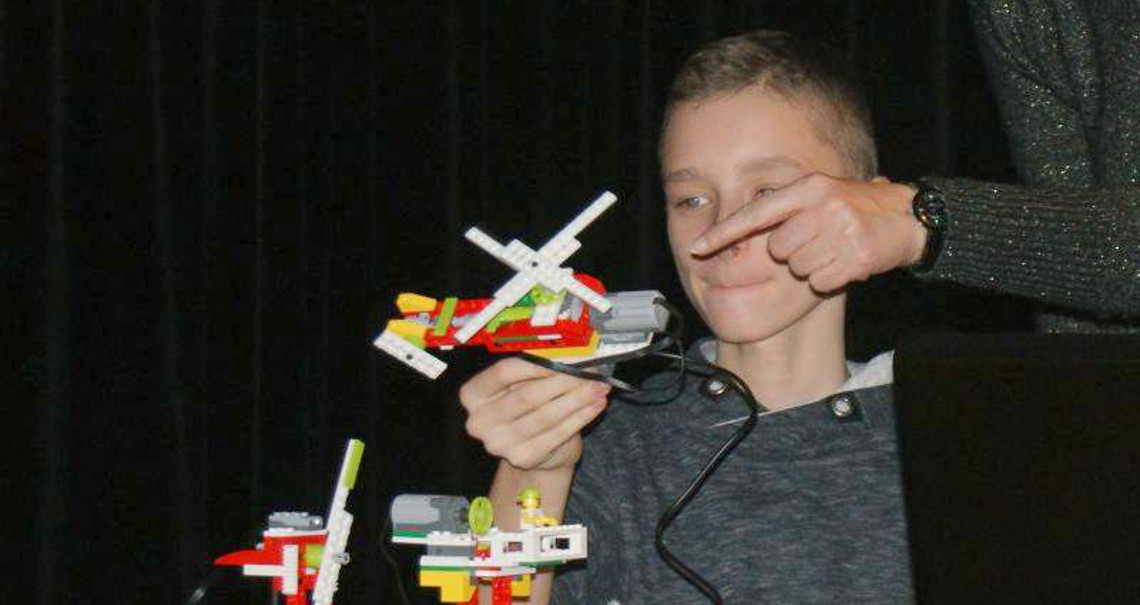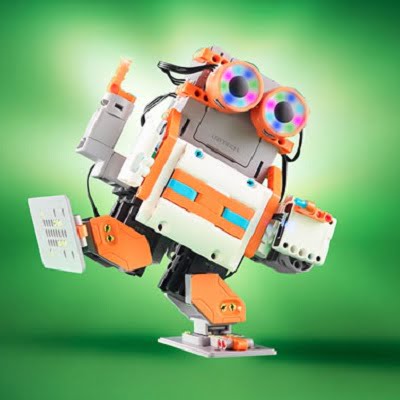

#Robotek robot creation software
Mehta, A.M., DelPreto, J., Shaya, B., Rus, D.: Cogeneration of mechanical, electrical, and software designs for printable robots from structural specifications. Technical report, Yale Center for Computational Vision and Control (1998) McDermott, D., et al.: PDDL – the planning domain definition language – version 1.2.

Livingston, S.C., Prabhakar, P., Jose, A.B., Murray, R.M.: Patching task-level robot controllers based on a local mu-calculus formula. Lang, R.: Origami Design Secrets: Mathematical Methods for an Ancient Art. Kress-Gazit, H., Fainekos, G.E., Pappas, G.J.: Translating structured english to robot controllers. Kress-Gazit, H., Fainekos, G.E., Pappas, G.J.: Where’s Waldo? Sensor-based temporal logic motion planning. Kloetzer, M., Belta, C.: A fully automated framework for control of linear systems from temporal logic specifications. In: American Control Conference, Seattle, WA, pp. Karaman, S., Frazzoli, E.: Complex mission optimization for multiple-UAVs using linear temporal logic. Hornby, G., Lipson, H., Pollack, J.: Generative representations for the automated design of modular physical robots. In: Robotics and Automation (ICRA), 2008, pp. Hoover, A.M., Fearing, R.S.: Fast scale prototyping for folded millirobots.

608–620 (1971)įinucane, C., Jing, G., Kress-Gazit, H.: LTLMoP: experimenting with language, temporal Logic and robot control.

In: Proceedings of the 2nd IJCAI, London, UK, pp. 2020–2025 (2005)įikes, R.E., Nilsson, N.J.: Strips: a new approach to the application of theorem proving to problem solving. 78(3), 911–938 (2012)ĭemaine, E.D., Tachi, T.: Origamizer: a practical algorithm for folding any polyhedron (2009)įainekos, G.E., Kress-Gazit, H., Pappas, G.J.: Temporal logic motion planning for mobile robots. IEEE (2009)īloem, R., Jobstmann, B., Piterman, N., Pnueli, A., Sa’ar, Y.: Synthesis of reactive(1) designs. In: Intelligent Robots and Systems (IROS), pp. 4705–4710 (2012)īhatia, A., Kavraki, L.E., Vardi, M.Y.: Sampling-based motion planning with temporal goals. This process is experimental and the keywords may be updated as the learning algorithm improves.Īyala, A.I.M, Andersson, S.B, Belta, C.: Probabilistic control from time-bounded temporal logic specifications in dynamic environments. These keywords were added by machine and not by the authors. The ability and versatility of this system are demonstrated by sample robots designed in this manner. Linear temporal logic (LTL) is used to formally represent the functional requirements from a structured task specification, and a modular component library is used to ground the propositions and generate structural specifications complete mechanical, electrical, and software designs are then automatically synthesized. To help address these issues, this work presents an integrated end-to-end system for rapidly creating printable robots from a Structured English description of desired behavior. The design of new robots is often a time-intensive task requiring multi-disciplinary expertise, making it difficult to create custom robots on demand.


 0 kommentar(er)
0 kommentar(er)
